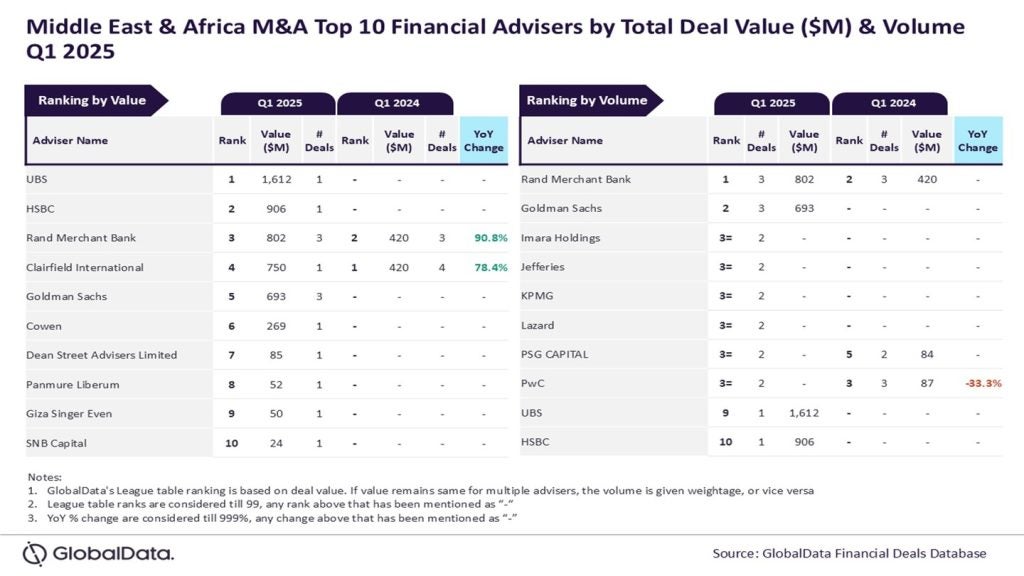
Banks are waking up to the potential of the metaverse in transforming customer-facing operations by delivering next-generation engagement and interaction. As a virtual world replete with modern technologies such as non-fungible tokens (NFTs), augmented/virtual reality (AR/VR), and blockchain, the metaverse, however, comes with its own risks and challenges.
For banks, some of these can have repercussions in the real world – such as handling fraud and money laundering. Others are novel issues, such as defining ownership of customer data generated within the metaverse. With banks on the cusp of rolling out their metaverse strategies, it is important for them to understand the risk mitigation and implementation challenges.
Challenges of banking in the metaverse
The topmost concerns for banks in the metaverse revolve around security, privacy, governance, and regulations. Infosys research reveals this, with 55% of banks citing security and privacy as a key challenge, 47% citing governance, and 41% mentioning authentication and identity management. While none of the above are related only to banking, these are highly concerning for financial institutions. This is owing to the extreme caution needed when capturing, managing, and securing sensitive financial customer data.
Transactions in the metaverse are facilitated largely by cryptocurrencies and NFTs. First, crypto wallets must be financed by fiat currencies, which are highly regulated. However, crypto regulations are still nascent, posing several security risks. Meta-banking customers often fear theft or devaluation of their cryptocurrency due to scams and crypto-volatility.
Meta-avatars are twins of real users who may use biometric devices to mimic their faces along with tactile gloves for sensory feedback. While these devices certainly enhance the customer experience, they also help authenticate the identity of meta-avatars during banking transactions.
Without rigorous identity authentication, banks are susceptible to bad actors posing as genuine customers to conduct fraud, scams, and money laundering. However, biometric devices present their own challenges, namely data ownership. It is vital to establish trusted entities to handle and govern such biometric data in order to prevent unfair monopolisation or unauthorised monetisation through data mining. Data privacy rules over ownership of such customer data must also be well-defined.
How technology can pave the way forward
Many banks have acknowledged the opportunities implicit in the metaverse, along with multi-faceted cybersecurity challenges. Infosys research reveals that 80% of banking CXOs feel they are prepared for the metaverse, but they recognize the need for additional skills to develop their metaverse strategy. This is where fintech companies and technology solution providers can help with their expertise. Here is how:
- Codifying open-source policies – Software developers can design privacy regulations using an open-source approach. This will enable metaverse data governance to be adhered to democratically rather than by any single metaverse organisation or oligopoly, thereby avoiding unfair monetisation or monopolisation. An open-source strategy can also incorporate dynamic rules on owning and managing metaverse data through configurable privacy guidelines.
- Setting standards – As with any modern technology, it is critical that the exercise of building standards remains fair and transparent. To this end, the Metaverse Standards Forum plays an essential role with its aim of building an open metaverse through the collaboration of game designers, Web3 companies, etc. In addition, the outcomes of standards building, such as deployment guidelines, will aid banks in overcoming security, privacy, and regulatory hurdles.
- Domain expertise – Fintech companies can help banks navigate their metaverse investments by providing cybersecurity, authentication, or identity management expertise. Parallelly, IT solution providers can bring to bear their implementation experience to help banks de-risk their rollouts. An example is the Infosys Metaverse Foundry, built to simplify and accelerate how organizations navigate the metaverse through its Discover-Create-Scale methodology. This approach includes virtual and augmented environments for customers, workplaces, products, and operations. Further, the Foundry offers over 100 ready-to-deploy use cases, templates, and execution roadmaps, empowering banks to quickly orient their capabilities and respond to metaverse opportunities.
Conclusion
The metaverse has the potential to reimagine banking operations, especially in the area of customer engagement. However, creating digital twins of the natural world presents several challenges such as standardising the role of NFTs, ensuring customer privacy and data security, and enforcing regulations and anti-fraud measures. Despite these challenges, the metaverse remains a minefield of opportunities. Thus, banks should be cognizant of the risks and challenges, and partner with fintech and technology companies. This will help them access practical solutions that overcome these challenges, thereby ensuring profitable investments and a new phase of growth in the metaverse.

Jay Nair is SVP, Industry Head, Financial Service and Public Sector, Infosys







